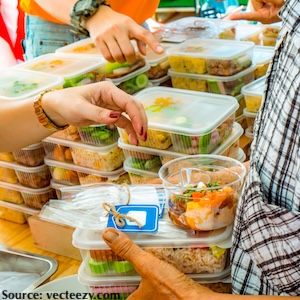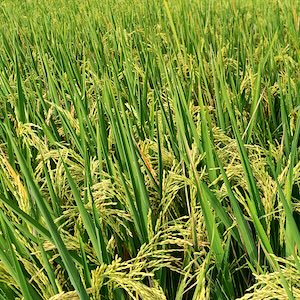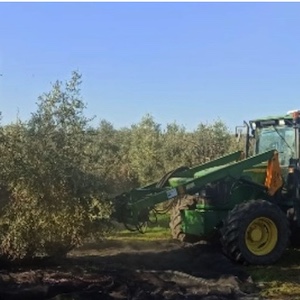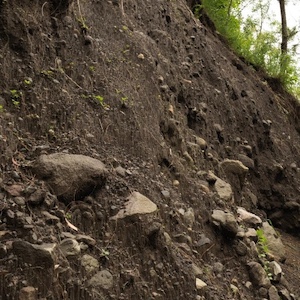Understanding land use and land cover change in a prolonged conflict affected farming system: the case of Tuban district, Yemen

All claims expressed in this article are solely those of the authors and do not necessarily represent those of their affiliated organizations, or those of the publisher, the editors and the reviewers. Any product that may be evaluated in this article or claim that may be made by its manufacturer is not guaranteed or endorsed by the publisher.
Authors
A growing body of evidence suggests the worsened decline in the productivity of land resources is cascading risks on vulnerable populations in Yemen, but recent research rarely focuses on this geographical area. This study uses the most extended space-based dataset, Landsat, to evaluate land use and land cover change from 1993 to 2023 in Tuban district, a threatened biodiversity hotspot in Yemen. The paper also assessed the drivers of the change and suggested recommendations. Based on the information obtained from the field observations, the study adopted six land use types (annual cropland, perennial farmland, shrubland, riverine trees, settlement, and bare land). Results showed that between 1993 and 2023, the yearly cropland and the riverine vegetation decreased by 30.19% and 52.55%, respectively. Likewise, the shrubland showed a 63.35% decrease. On the other hand, the settlement area and bare land increased by 574.12% and 15.81%, respectively. Population growth, shortage of rain, desert locusts, lack/shortage of agricultural inputs, and the impacts of the ongoing conflict and civil war have contributed to land use and land cover change. To halt the harmful effects of land use and land cover change, awareness development, development of locally adaptive improved seeds, afforestation, and institutional capacity development interventions are suggested as likely solutions.
How to Cite

This work is licensed under a Creative Commons Attribution-NonCommercial 4.0 International License.














